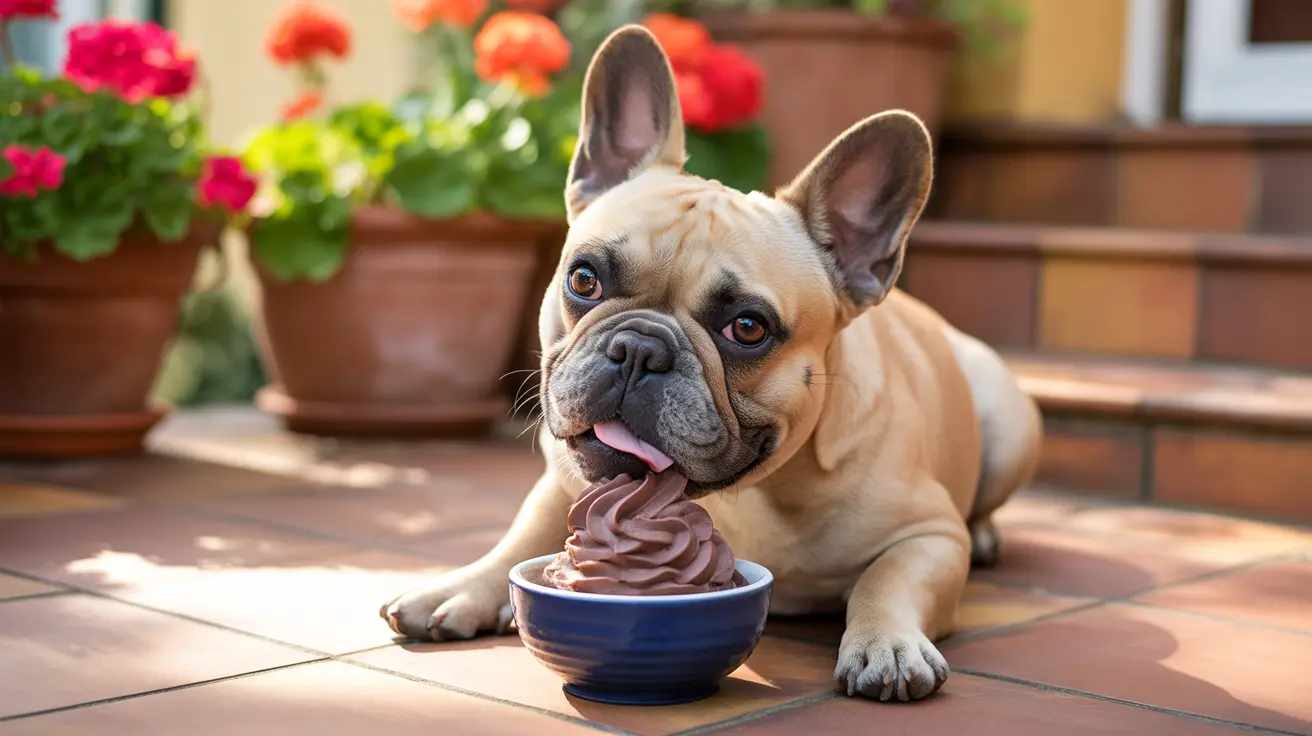Understanding the 80/20 Rule for Dog Food
The
80/20 rule for dog food refers to a feeding approach where
80% of the dog's diet consists of commercial dog food—typically kibble—while the remaining
20% comprises homemade or fresh food additives. This methodology allows pet owners to enhance their dog's nutrition while maintaining balance and simplicity.
Benefits of the 80/20 Feeding Method
- Flexibility: Allows owners to boost nutrition without completely switching from kibble.
- Digestive Support: Combines dry and moist elements that can improve digestion.
- Controlled Additives: Homemade components offer control over ingredients, eliminating harmful additives.
- Allergy Management: Helps identify and eliminate allergens found in commercial foods.
- Prevents Picky Eating: Adds variety to meals, which can entice fussy eaters.
Example Homemade Additive: Chicken and Rice Recipe
A popular homemade addition under the 20% umbrella is a
boiled chicken and rice formula, such as Lucky and Rippy’s Favorite Dog Food.
Ingredients:
- 3 pounds minced chicken meat
- 4 cups rice
- 2.5 cups minced frozen vegetable blend (no garlic or onion)
- 6.5 cups water
Instructions:
- Combine ingredients in a large pot.
- Boil, then simmer until rice is soft and the liquid is absorbed (about 25 minutes).
- Cool completely before serving.
This recipe is soft, easy to digest, and vet-approved, making it an excellent addition to 80% kibble diets. When stored correctly, it lasts 4–5 days for two large dogs.
Another Alternative: Homemade Dog Food with Turkey
This second recipe uses ground turkey, brown rice, and vegetables, forming a complete, nutritious option for the 20% proportion.
Key Ingredients:
- 1 pound ground turkey
- 6 cups water
- 2 cups brown rice
- 1 tsp dried rosemary
- 8 oz broccoli, carrots, and cauliflower mix
Cooking takes just 30 minutes. Reviewers praise this as a cost-effective, balanced base recipe, and it can also be frozen for future use.
Guidelines for Applying the 80/20 Rule
To implement this feeding plan effectively, consider the following tips:
- Consult Your Vet: Always check with your veterinarian to ensure you're meeting your dog's specific dietary needs.
- Measure Proportions: Keep homemade food to 20% of the dog’s daily caloric intake.
- Maintain Nutritional Balance: Use nutrient blends or consult nutritionists to fill any dietary gaps.
- Gradually Introduce: Start with small portions to monitor digestion and prevent gastrointestinal upset.
- Store Safely: Refrigerate or freeze homemade portions to preserve freshness and avoid bacterial contamination.
Potential Ingredients to Avoid
Pet owners must be mindful of elements that may be toxic or harmful to dogs:
- Garlic and onions
- Apple seeds and cores
- High-fat meats
- Seasonings/spices not dog-safe
- Salt or sugar-heavy items
Why Mixing Matters
Using the 80/20 rule helps in maintaining diet consistency while introducing freshness. Kibble provides long-term stability with added vitamins and minerals. Adding fresh food improves palatability and offers fresh enzymes, dietary fibers, and moisture, contributing to healthier digestion and shinier coats.
Long-Term Health Benefits
When applied correctly, the 80/20 approach can:
- Enhance immunity and energy levels
- Reduce skin and coat issues
- Improve stool quality
- Reduce allergic reactions to commercial food fillers
Summary
The
80/20 dog food rule provides a balanced way for pet owners to supplement their dog’s commercial diet with nutritious, vet-approved homemade recipes. Using options like chicken and rice or turkey and vegetables, owners can maximize the health benefits without sacrificing convenience or safety. This method is cost-effective, flexible, and customizable to your dog’s nutritional needs. Always consult professionals before making significant dietary changes, and make sure ingredients are dog-safe. With a bit of preparation and attention to detail, this feeding plan can keep your furry companion healthy and happy.





